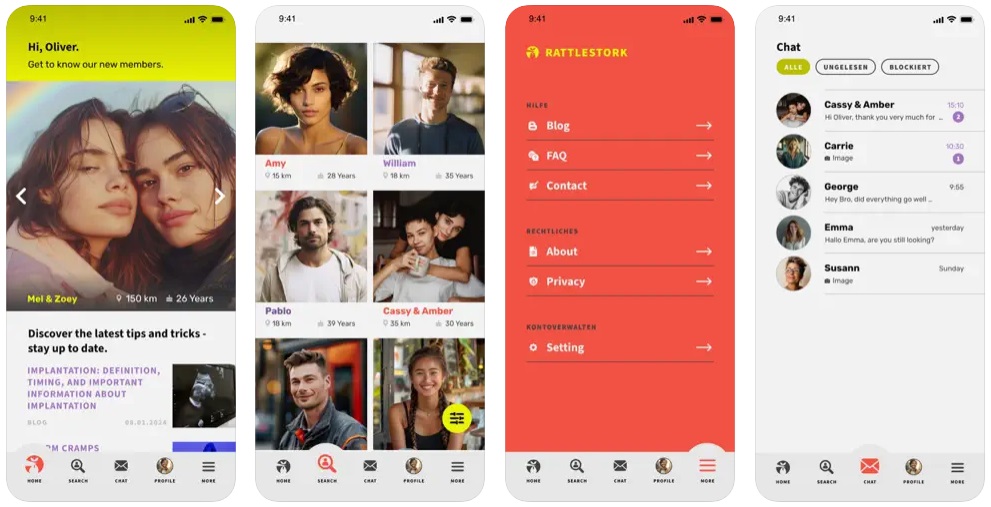“Turkey baster pregnancy” is a common colloquial search term for trying to conceive at home using a small syringe to place semen near the cervix. Below we explain what people actually do in practice, how to keep it safe and realistic, how to time attempts, how this differs from clinic care, India’s legal backdrop, and when to speak to a clinician. Links point to trusted guidance.
What the phrase really means
It does not involve a kitchen baster. In practice it means collecting fresh semen in a sterile, wide-mouth cup and placing it close to the cervix with a small, needle-free syringe. In clinical language this is closest to intracervical insemination (ICI) done at home. Kitchen basters are oversized, non-sterile, and unsafe for bodies.
Key facts that matter
- The fertile window spans the days before ovulation; ovulation typically occurs 10–16 days before the next period. ASRM: ovulation & timing
- Many conceive within a year with well-timed attempts; age and underlying conditions change the timeline. ASRM: optimising natural fertility
- Start a daily folic-acid supplement and maintain healthy habits. India’s clinical guidance recommends folic acid as part of routine antenatal care. ICMR: antenatal care (folic acid)
Safety and hygiene
- Use new, single-use syringes and a sterile collection cup. Avoid saliva and non-sperm-safe lubricants; some products reduce motility. ASRM patient fact sheet
- Use the sample within about an hour at room temperature; keep close to body temperature (~36–37 °C). Keep surfaces clean and wash hands.
- If using banked donor sperm, India regulates ART clinics and banks under national law; banks follow screening/testing requirements under the ART framework. ICMR: ART & Surrogacy Acts
Supplies checklist
- Sterile, wide-mouth collection cup
- Small needle-free medical syringe (5–10 mL; catheter-tip or slip-tip)
- Ovulation predictor tests (LH strips or a digital kit)
Optional: disposable gloves and a lubricant labelled sperm-safe/fertility-friendly.
At-home steps most people follow
- Collect semen in the sterile cup (no condoms, saliva, or oils).
- Allow to liquefy at room temperature for 10–15 minutes.
- Draw up slowly and tap out air bubbles.
- Lie comfortably with hips slightly elevated. Place the syringe tip just inside the vagina and angle towards the cervix about 1–2 inches (3–5 cm).
- Press the plunger gently and rest for 15–20 minutes.
Stop if anything feels painful or uncertain and contact a clinician.
Timing that helps
- Use LH tests as you approach mid-cycle. Many inseminate the evening of the first positive result and, if desired, repeat 12–24 hours later. ASRM: ovulation detection
- The fertile window is roughly the five days before ovulation and the day of ovulation.
- Begin folic acid before conception and keep lifestyle steady (sleep, moderate alcohol, no smoking). ICMR antenatal guidance
Alternatives and how they differ
- Clinic IUI with donor sperm: adds screening, consent, and medical oversight; clinics can advise on success rates and next steps under India’s ART framework. ICMR: ART framework
- Timed intercourse with a partner: same fertile-window logic; often a first step before investigations. ASRM overview
India legal basics you should know
India regulates assisted reproduction through the Assisted Reproductive Technology (Regulation) Act, 2021 and the Surrogacy (Regulation) Act, 2021, with Rules/notifications published subsequently. These laws focus on ART clinics and banks (screening, consents, record-keeping, ethical oversight). If you are considering known donors or at-home attempts, seek local legal and medical advice for your situation (parentage, consent, documentation). See ICMR’s page hosting the Acts and notifications. ICMR: ART & Surrogacy Acts
When to see a clinician
- Under 35 and not pregnant after 12 well-timed cycles
- Aged 35+ and not pregnant after 6 cycles
- Right away for very irregular cycles, anovulation, endometriosis, PCOS, thyroid disease, recurrent loss, or safety questions
Your clinician can arrange testing and referrals based on current guidance. ASRM guidance
Find verified donors with RattleStork
RattleStork helps intended parents connect with verified donors, agree clear boundaries, and plan syringe-based attempts with simple checklists and transparent expectations. Start a conversation, review safety tips, and move at your own pace.

Myths and facts
- Myth: A kitchen turkey baster works. Fact: it is unsafe and unsuitable; use a small medical syringe.
- Myth: Any lubricant is fine. Fact: some lubricants reduce sperm motility; choose sperm-safe products. ASRM
- Myth: Legs-up guarantees success. Fact: timing around ovulation is what matters. ASRM
- Myth: Home attempts remove legal risk. Fact: parentage and consent questions still arise; know India’s ART framework and seek advice. ICMR
Conclusion
In India, “turkey baster pregnancy” is simply slang for syringe-based at-home attempts. If you explore this path, keep it clean and simple, time attempts around ovulation, and understand the legal/clinical context. If progress stalls or you prefer medical oversight, speak with a clinician about investigations, clinic IUI, or the next steps that fit your situation.

